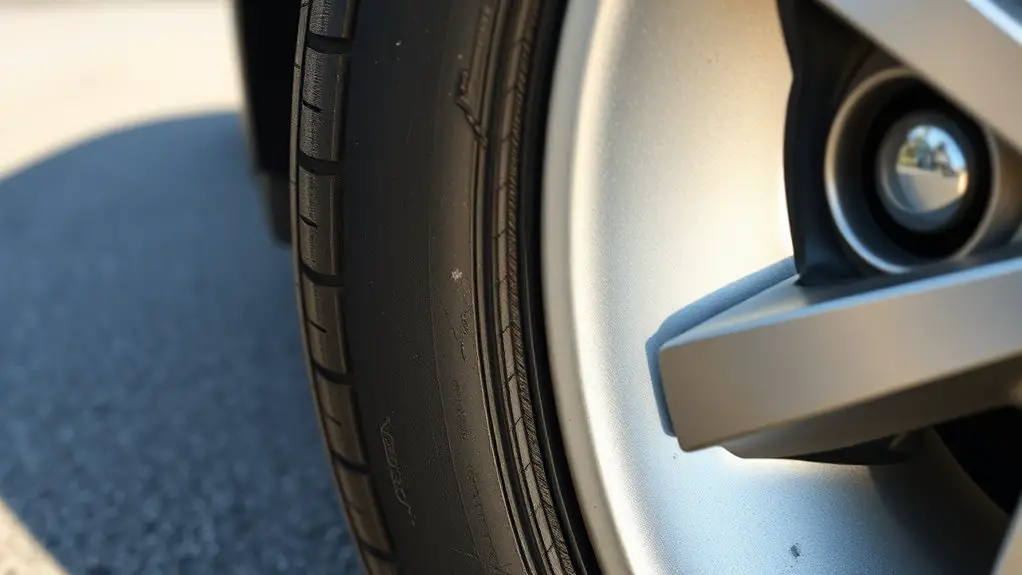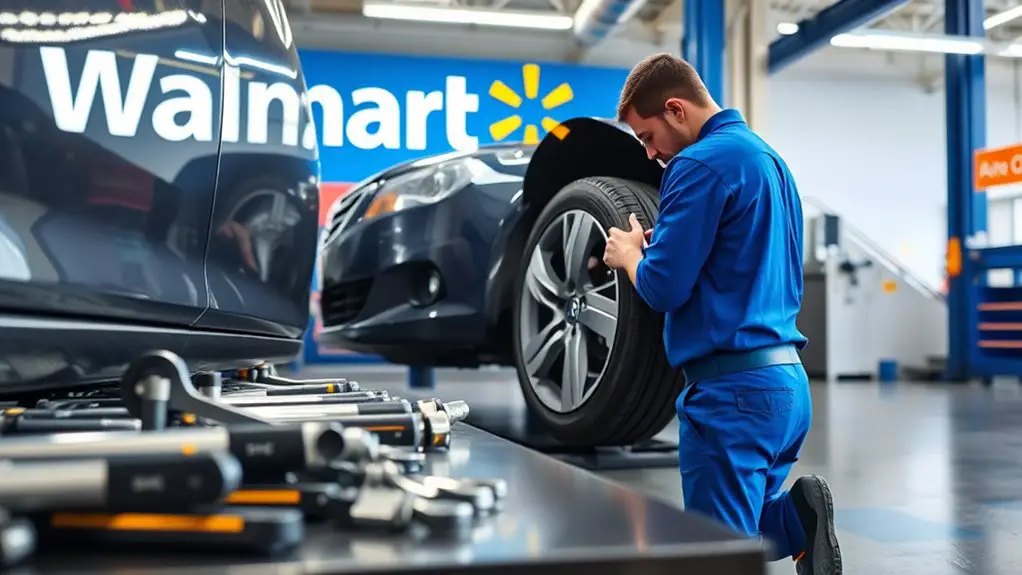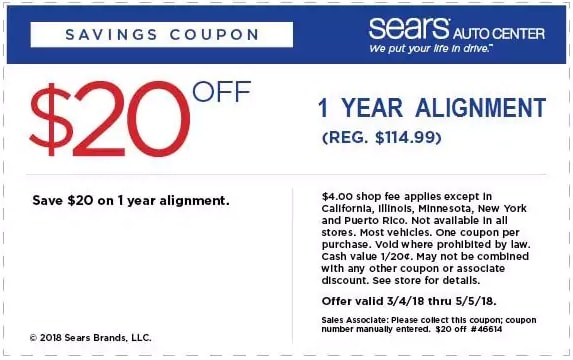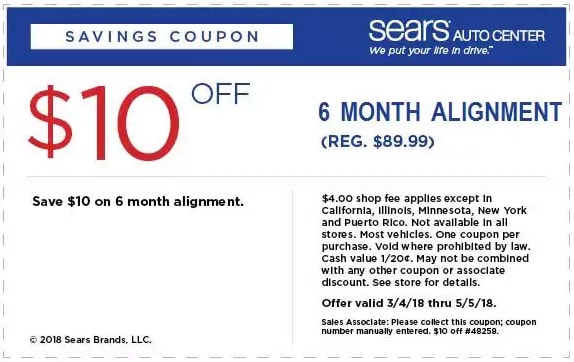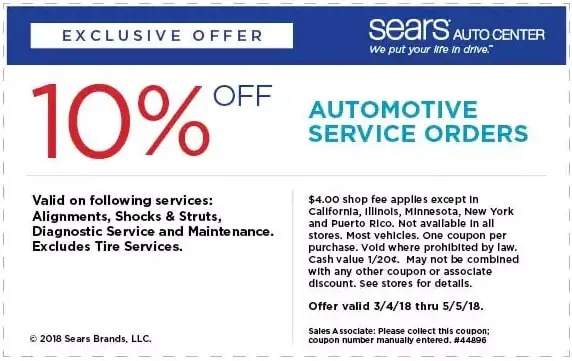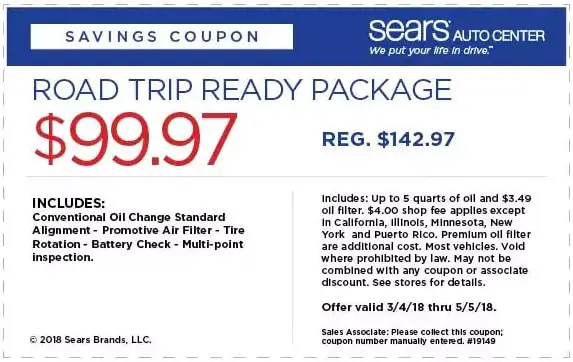If your vehicle pulls to one side or has a tilted steering wheel, it's a sign of bad alignment. You might notice uneven or excessive tire wear, which can lead to safety risks. Sloppy or loose steering can also indicate misalignment. Other signs include tires squealing, poor handling, and shaking while driving. Ignoring these issues can compromise your safety and increase repair costs. Stick around to discover more about maintaining ideal wheel alignment for your vehicle.
Vehicle Pulls To One Side
One clear sign that your vehicle needs a wheel alignment is when it pulls to one side while driving. If you notice this happening, it's essential to address the issue promptly.
Driving straight should feel effortless, but if your car veers left or right, it indicates misalignment. This can create dangerous conditions, especially at higher speeds or during turns.
Ignoring the problem may lead to further complications, such as uneven tire wear or compromised steering control. To guarantee your safety and your vehicle's longevity, don't hesitate to seek a professional alignment if you experience this symptom.
Steering Wheel Not Aligned
If your vehicle pulls to one side, it's often a sign of misalignment, but another indicator is a steering wheel that isn't centered.
When you're driving straight, your steering wheel should sit perfectly aligned. If it tilts to one side, it suggests that your wheels are out of alignment.
This misalignment can make your driving experience uncomfortable and can compromise your control over the vehicle. You might find it hard to keep the car on a straight path, increasing the risk of accidents.
Getting a professional alignment can restore your steering wheel's position and enhance your driving comfort.
Uneven Tire Wear
When you notice uneven tire wear, it's more than just an aesthetic issue; it often points to alignment problems that need immediate attention. Ignoring this can lead to costly tire replacements down the line. Pay close attention to how your tires look; they can reveal a lot about your vehicle's health.
| Tire Condition | Possible Cause | Recommended Action |
|---|---|---|
| Bald on one side | Misalignment | Get a professional alignment |
| Worn tread in the center | Overinflation | Check tire pressure regularly |
| Uneven tread wear | Suspension issues | Inspect suspension components |
Excessive Tire Wear
Excessive tire wear is a clear warning sign that something's amiss with your vehicle's alignment or suspension.
If you notice your tires wearing down faster than expected, it's time to investigate. Uneven tread patterns indicate that your wheels aren't aligned properly, causing them to make uneven contact with the road.
Ignoring this issue can lead to costly tire replacements and compromised safety. Regularly check your tires for signs of excessive wear and address any alignment issues promptly.
By doing this, you'll not only save money but also enhance your vehicle's overall performance and handling.
Don't wait—act now!
Sloppy or Loose Steering
A noticeable sign of poor wheel alignment is sloppy or loose steering, which can leave you feeling less in control of your vehicle.
If you notice that your steering wheel has excessive free play or feels unresponsive, it's time to pay attention. This erratic behavior can make it difficult to steer accurately, especially in tight turns or sudden maneuvers.
You might also find yourself overcorrecting frequently to keep the vehicle on track. Ignoring this issue can lead to dangerous situations, so don't hesitate to seek professional help to address the alignment and restore your steering's responsiveness and safety.
Tires Squealing
If you hear your tires squealing during acceleration or while turning, it's a clear sign that something might be off with your vehicle's alignment.
This noise often indicates that your tires are struggling to maintain proper contact with the road, which can lead to uneven wear and decreased performance.
It's essential to address this issue promptly, as ignoring it could result in more significant problems down the line.
Consider taking your vehicle to a professional for an inspection. They can determine whether misalignment is the culprit or if another mechanical issue is causing the squealing sound.
Poor Handling
When you notice poor handling in your vehicle, it's often a direct result of bad wheel alignment.
You might feel your car drifting or pulling, making it difficult to keep a straight path. Loose or sloppy steering can compromise your control, making turns feel unstable.
If you're struggling to maintain stability on flat roads, it's a clear sign that something's off. Addressing these issues promptly is essential, as they can lead to dangerous situations.
Ignoring poor handling can escalate into more severe problems, impacting your safety and overall driving experience.
Don't wait—get your alignment checked to restore proper handling.
Shaking From Bad Alignment
Poor handling often leads to unsettling sensations in your vehicle, with shaking being a prominent symptom of bad alignment.
When your tires fail to maintain proper road contact, you'll likely feel vibrations through the steering wheel, especially at higher speeds. This shaking can compromise your control, making it harder to steer accurately.
If you ignore this warning sign, you risk losing stability, increasing your chances of an accident. Addressing alignment issues promptly is essential for your safety and overall driving experience.
Don't overlook this important aspect of vehicle maintenance—your control and comfort depend on it!
Frequently Asked Questions
How Can I Tell if My Alignment Is Off?
You'll notice your vehicle pulling to one side or the steering wheel feeling misaligned. If it shakes at higher speeds, or if tire wear looks uneven, it's time to check your alignment.
What Causes Wheel Misalignment in Vehicles?
Wheel misalignment in vehicles can occur due to hitting potholes, collisions, or worn suspension components. Regular use and road conditions contribute too. Keeping an eye on these factors helps maintain proper alignment and vehicle performance.
Can I Drive With Bad Wheel Alignment?
You shouldn't drive with bad wheel alignment. It compromises your control and safety, leading to uneven tire wear and potential accidents. Addressing alignment issues promptly guarantees a smoother ride and prolongs your vehicle's lifespan.
How Often Should I Check My Wheel Alignment?
You should check your wheel alignment every two years or sooner if you hit a pothole. Regular checks can prevent uneven tire wear and maintain your vehicle's handling, ensuring a safer driving experience overall.
Will Bad Alignment Affect My Fuel Efficiency?
Yes, bad alignment can affect your fuel efficiency. When your vehicle pulls to one side or isn't tracking straight, it works harder, consuming more fuel. Keeping your alignment in check helps improve overall mileage and performance.
